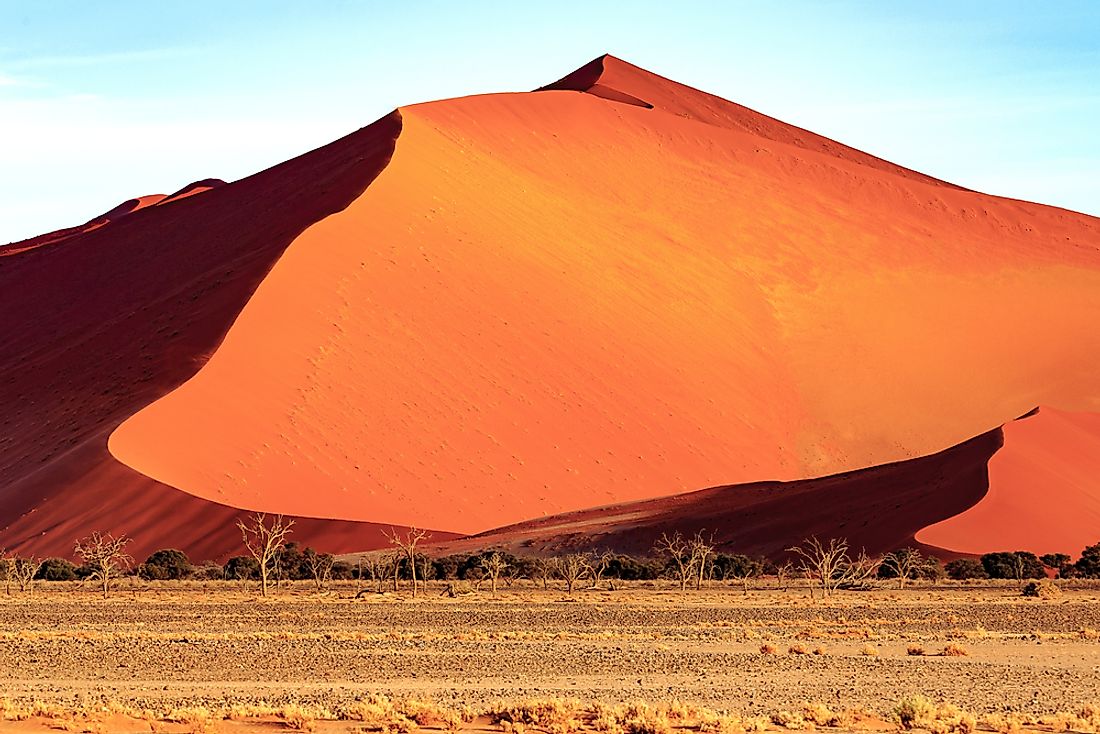Native Amphibians Of Namibia

Namibia is home to varied amphibian fauna.The species which depend on the permanent wetland habitat are marginally distributed in the country. The amphibians in Namibia are highly vulnerable because of their sensitive habitat and thus can act as environmental indicators. Frogs are Namibia’s main amphibian species. There are over 51 frog species in the country. Besides frogs other amphibians in the country include the salamander and caecilians.
The Amphibians
Fenoulhet's Pygmy Toad
Fenoulhet's Pygmy Toad, Poyntonophrynus fenoulheti, is a small toad species found mainly in the Southern Africa countries. It is named after the specimen collector J.P Fenouhet. Fenoulhet's Pygmy Toad inhabits bushveld vegetation and rocky outcrops. It has a grey to brown upper part with dark patches with well-shaped warts all over the body. The underpart is clear with black spots. Tadpoles develop into frogs after only 19 days. The male calls with a long, high-pitched creaking sound which is repeated in quick succession. Fenoulhet's Pygmy Toad feeds on ants and spiders and other small invertebrates.
Bocage's Tree Frog
Bocage's Tree Frog, also known as Leptopelis bocagii scientifically, is a frog species in the Arthroleptidae family found in central, southern, and parts of northern Africa. It is a ground dwelling frog that spends much of the time in burrows. The upper part of the frog is brown with dark brown patches on its back. Its digits are not webbed. Bocage's Tree Frog breeds in temporary pools during the rainy seasons with the eggs laid in holes near the water’s edge. The frog species faces no particular threat and are thus listed as Least Concern by the IUCN (The International Union for Conservation of Nature).
Dombe Toad
Dombe Toad, Poyntonophrynus dombensis, is a toad species in the family Bufonidae. It inhabits the Northwestern Namibia and parts of Southwestern Angola. Dombe Toad was named after Domba in Angola. It inhabits the grassland close to the rocky outcrops. Dombe Toad has a flattened and slender body with a light to dark brown upperpart with small dark patches. The underside is clear with no blotches.
Bushveld Rain Frog
Bushveld Rain Frog, or Breviceps adspersus, inhabits dry savannah, temperate grassland, and shrubland. It lives underground and emerges during feeding and mating after the rain. Bushveld Rain Frog has a stout and globular body with a flattened face. It has a light or dark brown color with rows of orange patches. It has a short-stout limbs for burrowing while the back feet are spade shaped and able to dig up to 20 inches below ground. The females are larger than the male. During mating the female secretes glue from her back which keeps the mating pairs together. The female lays eggs in burrows which hatch directly to froglets.
Benefits of Amphibians
Amphibians, especially frogs and toads, benefit human in several ways. They mostly consume insects which can otherwise sometimes cause disease.
Native Amphibians Of Namibia
| Native Amphibians of Namibia | Scientific Name |
|---|---|
| Fenoulhet's Pygmy Toad | Poyntonophrynus fenoulheti |
| Bocage's Tree Frog | Leptopelis bocagii |
| Dombe Toad | Poyntonophrynus dombensis |
| Bushveld Rain Frog | Breviceps adspersus |
| Mababe Puddle Frog | Phrynobatrachus mababiensis |
| Benguella Long Reed Frog | Hyperolius benguellensis |
| Paradise Toad | Vandijkophrynus robinsoni |
| Karoo Toad | Vandijkophrynus gariepensis |
| Broad-Banded Grass Frog | Ptychadena mossambica |











